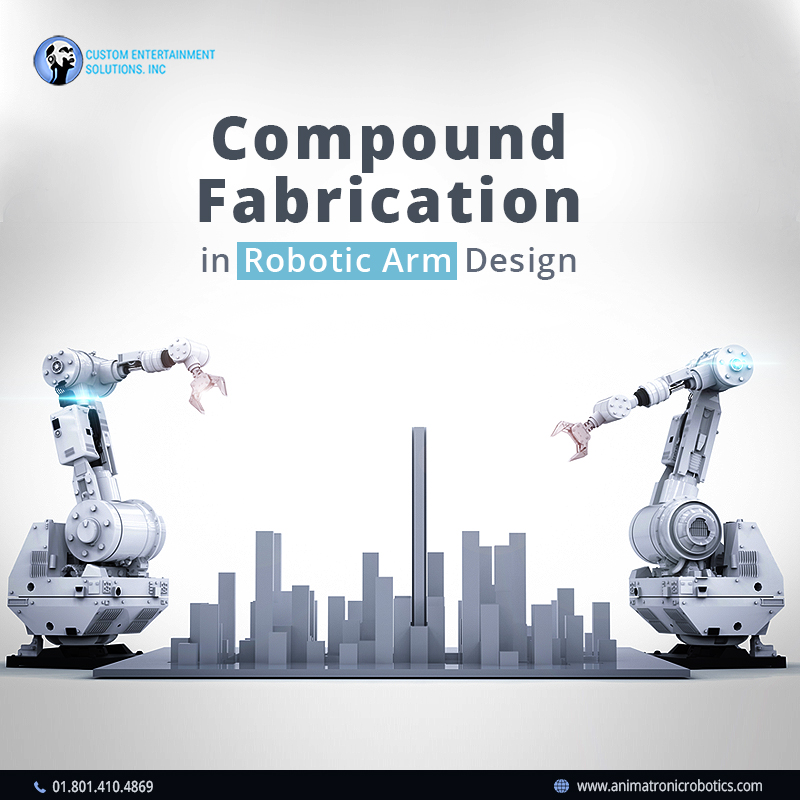
Industrial robotic arms have found wide application in cyclic tasks because repetitive motions are comparatively straightforward to program. However, due to the increased use of industrial robotic arm designs in new domains like art and architecture, the pivotal role of the industrial arm is gradually transforming.
Along with the evolution of digital fabrication and manufacturing, industrial robots can now perform various customized manufacturing roles.
- Overview
Despite their inherent benefits of adaptability and workspace flexibility over any traditional gantry system, the potential of industrial robotic arm design is not yet fully explored. In addition to their abilities to position systems for a single process, robotic arms also offer immense possibilities through the use of end effectors which can convert the arm into a manipulator, actuator, sensor, and fabricator. Usually, multiple dedicated and discrete gantries like CNC or computer numerical control machines are utilized to execute such functions. But what if a single machine could conduct it all?
This question gives rise to the idea of a multi-dimensional compound fabrication platform. To investigate this, an industrial programmable robot arm is used following the three usual categories of fabrication: formative, subtractive, and additive. Though several types of manufacturing procedures exist in these broad categories, one representative fabrication process is selected to evaluate and explore capabilities.
For exploring the formative category, sculpting mode is selected. Sculpting operations, using pliable materials such as clay, may produce molds for the cast parts. While evaluating the additive fabrication procedure, the 3D printing model is selected as the essential fabrication technique. Here, an extrusion-based 3D printing system is used where the deposited items solidify to chemical or thermal stimuli by respectively implementing cured or fused deposition techniques. Finally, milling is selected for the subtractive fabrication.
- Specifications
Other than replicating conventional fabricating models, the adaptability of a 6 axis robotic arm design also opens new possibilities for manufacturing. With a nominal physical footprint, the whole workspace may accommodate several parts that are even larger than the arm itself and allow access to the interior regions that are beyond reach for a gantry based machine.
Further, the additional DoFs (degrees of freedom) over traditional 3 axis CNC machines may be used for various novel processes such as multi-axis machining, 3D printing, and assembly purposes.
- Use of Digital Fabrication Technique
The digital fabrication technique has become a potential tool for customized fabrication and rapid prototyping of the robotic system with complicated geometry, multi-material elements, and internal features.
Using this technique, working mechanical clocks, full-scale housing, and additive manufacturing techniques that are capable of producing 3D print active batteries have been developed. Robotic arms are now replacing and advancing new common digital fabrication technologies like 3D printing process, hot-wire foam cutting operations, multi-axis milling, metal folding systems, brick layering, and so on.
Researchers are now reviewing a MultiFab project that uses a robotic arm design, along with a traditional 5 axis milling machine for creating a machine cell capable of laser-based additive milling and manufacturing.
Conclusion
Multi-axis 3D printing uses four or even more axes to print any 3D structure. It has various benefits like more complicated 3D models with sharp overhangs may be printed without any support materials. Thus the novel process eliminates waste by reducing the deposition of any support items. Also, it removes post-processing chemical steps. Again, instead of relying on planar built platforms, now the materials may be deposited on several complex 3D surfaces. This ensures that the entire object can be placed into the printer rather than printing part by part. And this advancement is only to progress with time.
To learn more about advanced robotic arms, contact the professionals at Custom Entertainment Solutions. To find out more please contact us or call tel:+01.385.230.7377



2020